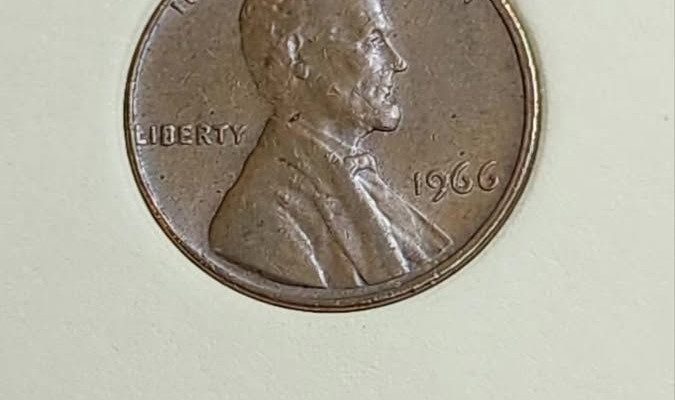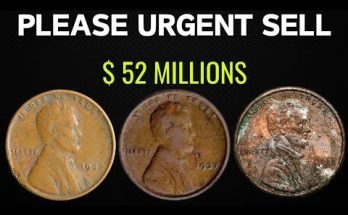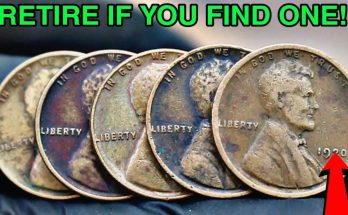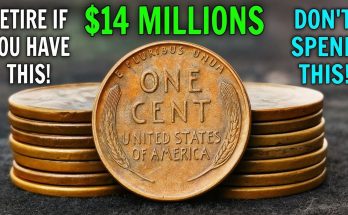Think that old nickel in your change jar is worthless? Think again. While most Jefferson nickels are only worth five cents, some rare and unique coins can fetch thousands of dollars at auction. The key is knowing what to look for. This isn’t just about age; it’s about specific dates, mint marks, and especially rare errors that turn a common coin into a numismatic treasure.
The image above showcases four of these highly sought-after coins, with values ranging from just under a thousand dollars to over five thousand. These are not your average finds. They are a testament to the fascinating world of coin collecting, where a small flaw or a low production number can create immense value.
Unlocking the Hidden Value of Your Nickels
So, what makes these nickels so valuable? It’s often a combination of rarity and condition. For example, a coin with a “Full Steps” designation is highly prized. This refers to the clear, distinct steps visible on the front of Monticello on the coin’s reverse. A coin with this feature, particularly in high-grade, uncirculated condition, is much more valuable than one with worn-down steps.
However, the real excitement often lies in minting errors. These are mistakes that happened during the coin’s production, making it a unique and rare piece. Collectors actively hunt for these anomalies, and their scarcity drives prices sky-high.
- Doubled Dies: A doubled die occurs when a coin is struck with a die that has a doubled impression, making the letters or numbers appear slightly blurry or duplicated. This is a highly desirable error, and some of the most famous and valuable Jefferson nickels are doubled dies.
- Overdates and Over-Mintmarks: Sometimes, mint workers would reuse an old die and punch a new date or mintmark over the old one. A classic example is the 1942-D “D over Horizontal D,” where the Denver mint mark was punched twice, once horizontally and once correctly, before the coin was struck.
- Low Mintage Coins: Some years, the U.S. Mint simply produced fewer nickels, making them naturally scarcer. The 1950-D Jefferson nickel is a perfect example. Its exceptionally low mintage makes it a key date, and even in lower grades, it can be worth a significant amount.
The War Nickels: A Special Category
From 1942 to 1945, a special type of Jefferson nickel was produced. Known as “War Nickels,” they were made with a composition of 35% silver to conserve nickel for the war effort. You can easily spot a War Nickel by the large mint mark (P, D, or S) located directly above the dome of Monticello on the reverse. While their silver content gives them an inherent value, certain rare varieties and errors within this series can be worth much more than their metal content alone.
The four coins shown in the image are likely examples of these rare finds—a mix of key dates, unique minting errors, and high-grade coins that command impressive prices. So, the next time you get a nickel in your change, take a moment to inspect it. Look closely at the date, the mint mark, and the details of the coin’s design. You might just be holding onto a small fortune without even knowing it!



